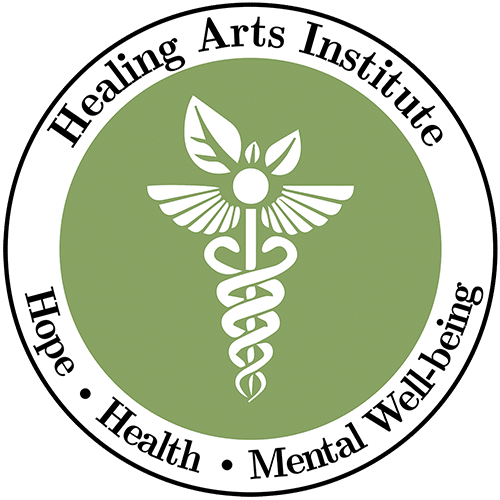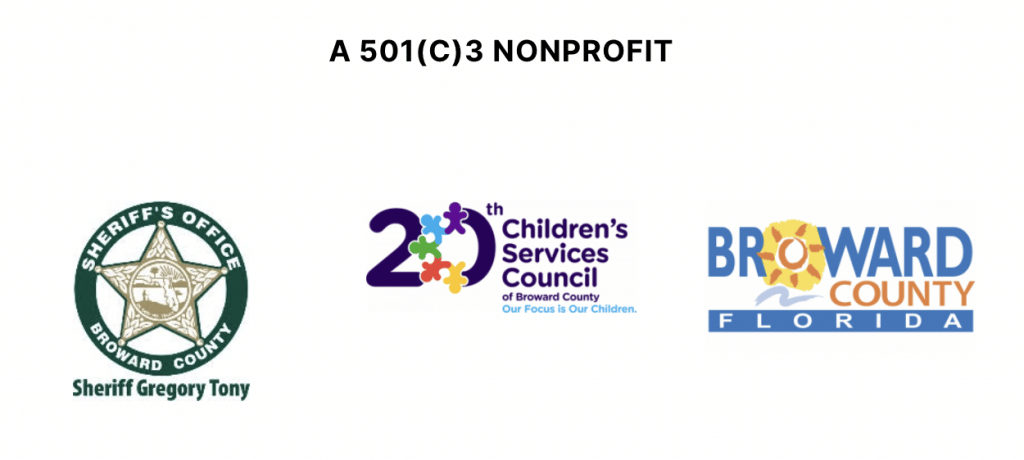
Conveying our idea of happiness to others is difficult because we all have different expectations of what it means when we say that we want to be happy.
Happiness and the emotions that we associate with it can feel elusive to us because what we are seeking is not actually happiness.
Yes, I know how ridiculous that sounds but hear me out.
When often we say that we want to be happy. What we are expressing is the want for fulfillment and a lasting satisfaction from our daily interactions and activities. We want to take pleasure in our day-to-day lives and the people with who we share them.
Of course, pleasure is not the same thing as happiness, but we can say with a high degree of certainty that pleasure can be a component of happiness.[3] The difference is that pleasure is by definition shallow and short-lived in its duration. Constantly chasing pleasure is not the same as achieving that feeling of fulfillment and lasting satisfaction.
That’s not to say that once we find lasting satisfaction, we will never feel negative emotions. There will always be times when we feel angry, sad, or nervous. The idea here is to learn how to start down the path that leads to lasting happiness over time and have the tools to hold on to it for longer.
Here are five areas that you can start working on today to help you live a happier life!
Develop and strengthen social interactions
Our brains change as we interact with our environments and the people who are part of them. As we engage with the things and people around us, we also begin to think differently.[2] When we surround ourselves with positive people and have positive interactions, we are more likely to release serotonin neurotransmitters. These tiny molecules are partly responsible for feelings of pleasure.
Studies have shown that animals are just as important to our brain health and feelings of happiness as other people. Having pets can dramatically improve your outlook on life, boost immunity, and strengthen your social bonds with other people.[4]
Practice Mindfulness
Mindfulness is something that we talk about a lot at Healing Arts. Mindfulness is essentially being aware of your environment and your emotional state. It can become so easy to get lost in your own head.
When this happens, you are unknowingly allowing subconscious thoughts to snowball small inconveniences into (perceived) huge dilemmas.
People who allow their emotions to be dictated in this manner can experience intense feelings of anxiety. They are essentially unaware of the root cause of these emotions.
This does not lead to happiness.
Mindfulness means living in the present. Challenge negative thoughts and don’t give in to feelings of despair because your emotions are telling you to.
Stop. Breathe. Clear your mind. Focus
Learn about gratitude and how to muster it
Gratitude has been linked to the facilitation of feelings of well-being and emotional stability. When we are grateful for our lives, we also develop a greater awareness and sensitivity of the people in them.
By fostering an awareness of why we should be grateful, we are detaching from toxic emotions and negative thoughts. We are helping to facilitate a more holistic understanding of who we are and what is important.[1]
Developing lasting gratitude and the positive effects that it has on our brains does not come quickly.
We should incorporate and foster gratitude into our daily lives as best we can and in any way that will sustain us. Some suggestions for doing this include:
– Writing down the things you are grateful for and make it a regular exercise. If you are having a hard time feeling gratitude, begin with feeling grateful for the clothes you are wearing or the food you eat. Add to the list a little at a time. Read your list often and meditate on how you can feel grateful for the things on your list.
– Praying can be a valuable therapeutic tool in developing gratitude.
– Spend some time showing kindness to others (more on this in the next section).
Set a little time aside to be kind to others
Giving some of your time to others is one of the most rewarding activities you can engage in and brings together all the elements that we have discussed up to this point. It helps to strengthen social interactions. Volunteering helps you to become more aware of your own life circumstances by helping someone in need. It makes being grateful for your life much easier when you can guide someone else out of despair.
You don’t have to rearrange your entire schedule, just find a little time each week to be selfless for the benefit of someone else.
Volunteer with an established organization, social group, or local non-profit like us. There are so many out there who would love to have a helping hand, even for a short while!
Set a lot of time aside to be kind to yourself
Self-care is among the most important aspect of finding sustained happiness. Too often we associate being good to ourselves with being selfish. Some of us even feel as if we do not deserve it.
That’s ridiculous!
We cannot fulfill our desires and our life’s purpose if we do not care about the physical and emotional state of our own body and mind.
Exercise, nutrition, and the occasional spa day may be the perfect way to recharge and replenish.
Don’t take yourself for granted.
Explore new ways to find excitement in life, even in the little things.
To read more about helping you find meaning and fulfillment, read our blog article ‘Defining a Meaningful Life – 5 Steps to Building Your Inner Resilience’.
Citations:
- Brown, Joshua, and Joel Wong. “How Gratitude Changes You and Your Brain.” Greater Good Science Center – UC Berkeley, U.C. Berkeley, 6 June 2017, greatergood.berkeley.edu/article/item/how_gratitude_changes_you_and_your_brain.
- Gilbert, Jane. “Social Interaction and Brain Health.” Hometouch, 13 Apr. 2019, myhometouch.com/articles/social-interaction-and-brain-health.
- Kringelbach, Morten L, and Kent C Berridge. “The Neuroscience of Happiness and Pleasure.” Social research vol. 77,2 (2010): 659-678.
- Healthy Brains by Cleveland Clinic. “6 Pillars of Brain Health – Social Interaction.” Healthy Brains by Cleveland Clinic, 11 May 2020, healthybrains.org/pillar-social.


No responses yet